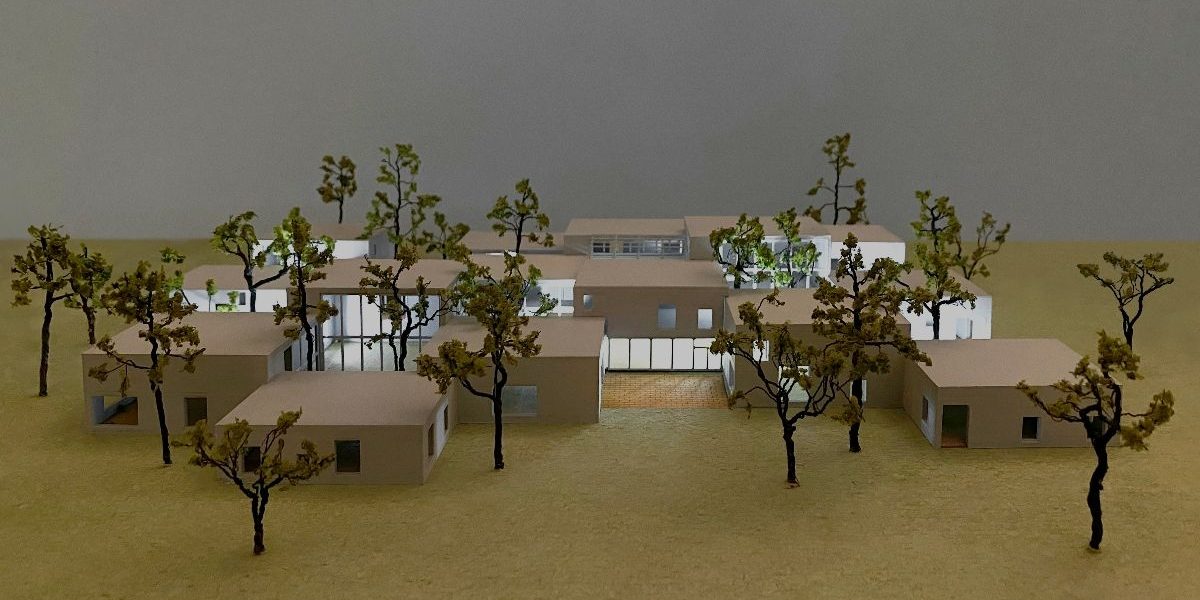Architect Qianhe Fan brings a rare combination of international experience, design precision, and project versatility to his role at OBRA Architects. Having worked on large-scale cultural and public projects across China and Korea prior to joining the New York–based studio, Fan entered OBRA with a capacity to move fluidly between conceptual design and architectural implementation—an ability that has since shaped some of the firm’s most recognized recent work.
Fan’s design sensibilities were honed through active roles on complex projects in Asia, including commercial developments, ecological tourism infrastructure, and urban museums. That foundation proved especially valuable at OBRA, a studio that often works across different cultural contexts and typologies. Fan’s understanding of large-scale spatial planning, paired with a disciplined approach to architectural drawing and modeling, allowed him to contribute immediately and meaningfully to the studio’s design direction.
One of Fan’s early and most prominent projects at OBRA was the Uijeongbu Gosan Childcare Center, a shortlisted competition entry in South Korea. The project proposed a network of interlocking volumes to support early childhood education and care. Drawing on his prior experience with program-heavy public projects in East Asia, Fan helped articulate the project’s plan logic, developed physical models by hand, and created key visualizations that communicated the design’s intent with clarity. These materials became central to OBRA’s submission and remain part of the studio’s published portfolio.
Fan also led the design of the Cheonggyecheon Connectivity Pavilion, the winning proposal in a design competition sponsored by the Seoul Metropolitan Government. The project reimagines urban connectivity through a lightweight bridge structure that introduces extra layers of social functions of the Cheonggyecheon Plaza in the center of Seoul. Fan contributed to every major design phase—from spatial strategy to modular coordination—ensuring that the pavilion remained buildable while maintaining conceptual integrity. His work helped transform the project from a speculative idea into a fully documented public commission, now in development.
In addition to his international work, Fan has been central to OBRA’s public engagements in New York City, particularly projects developed under the New York City Housing Authority’s Connected Communities initiative. On the Van Dyke Community Center and the Brownsville Boxing Club, Fan worked closely with public agencies and consultants to navigate design constraints, code compliance, and stakeholder feedback. He was responsible for coordinating plans, construction documents, and visual materials that aligned both with regulatory standards and OBRA’s architectural vision. His ability to navigate institutional complexity while preserving design quality has made him a reliable figure in the studio’s public-sector efforts.
Across projects, Fan’s approach is consistent: prioritize clarity, emphasize spatial relationships, and ground formal ideas in the reality of construction. His work often bridges early schematic design and late-stage documentation, and his diagrams and renderings serve not simply as presentation material but as tools of analysis. Colleagues note his ability to translate abstract architectural ideas into highly legible drawings that shape client conversations and guide project decisions.
Fan’s background in Asia continues to inform his design perspective at OBRA, particularly in cross-cultural projects and communal infrastructure. Having already contributed to waterfront ecological frameworks and institutional master plans abroad, he brings a wide-angle understanding of how architecture operates at multiple scales. At OBRA, this manifests in projects that resist spectacle and instead focus on systems thinking, material logic, and spatial coherence.
His influence extends beyond individual assignments. Much of OBRA’s recent portfolio and public-facing material—competition entries, media features, and exhibition content—relies on Fan’s visual and analytical work. Whether designing a public pavilion in Seoul or shaping a community center in Brooklyn, his contributions reflect a consistent architectural ethic: careful, intentional, and committed to delivering spaces that serve both function and form.

















